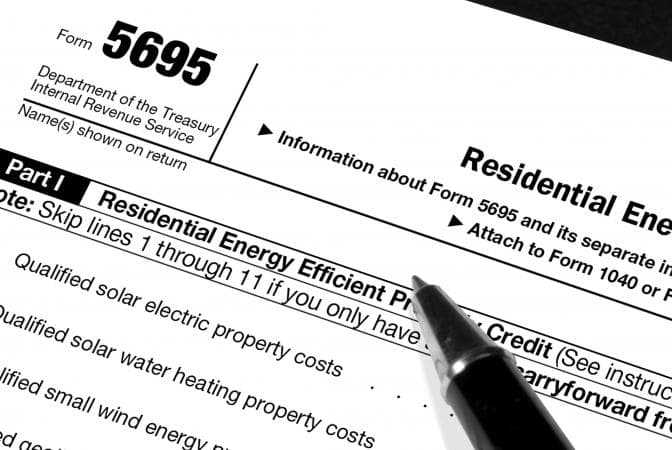Solar Investment Tax Credit: The History And Facts on a Sunsetting Benefit


The Solar Investment Tax Credit was established in 2005 as an incentive for residential, commercial and utility proprietors to invest in solar energy property by applying a 30 percent federal tax credit to their investment. Residential investors that wholly purchase the system for their homes can apply the stimulus directly to their income tax return.
According to Solar Energy Industries Association, the implementation and continued support of the Investment Tax Credit have created countless jobs in the solar industry, with a 1,600 percent growth in solar installs since its inception in 2006. Many extensions later and a final multi-year elongation of the tax credit in 2015 has brought us to 2019, where the credit will finally dwindle from its original 30 percent return.
Properties that are eligible for the full rebate in 2019 will need to have begun construction by the end of the year. Those who hold off until 2020 can expect a 26 percent return, before dropping down to 22 percent in 2021. Any residential solar project after 2021 will not see any return, while commercial will still be incentivized by a permanent 10 percent compensation plan. These drops in percentages will serve significant losses for potential solar customers as an average system can cost up to $24,000 yielding a $7,200 tax credit in 2019 but dropping to just $5,280 in 2021 and to $0 in 2022.

Tax credits can be applied through the Internal Revenue Service Tax Form 5695. Solar professionals recommended speaking with a Certified Public Accountant regarding all tax incentives and applications.